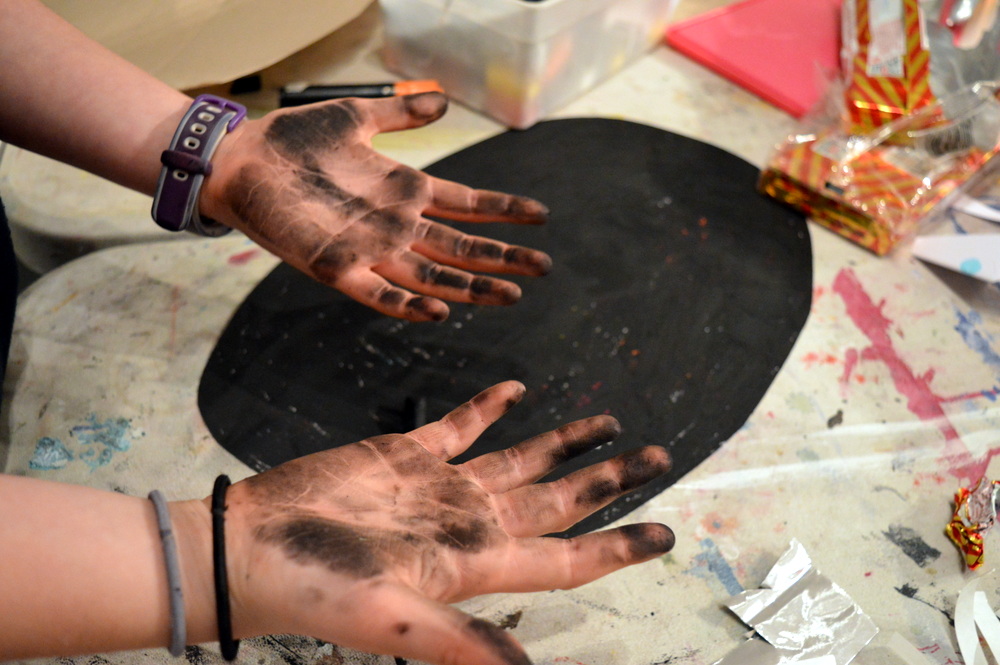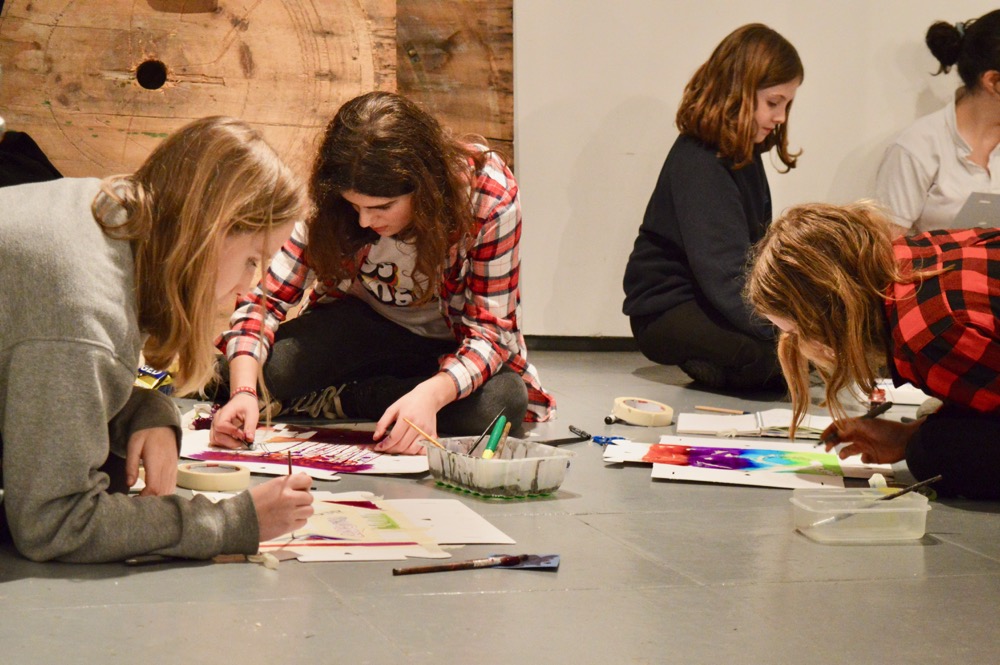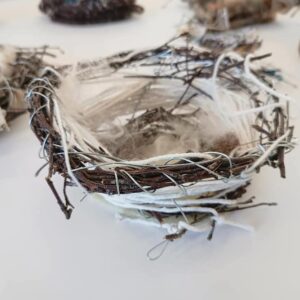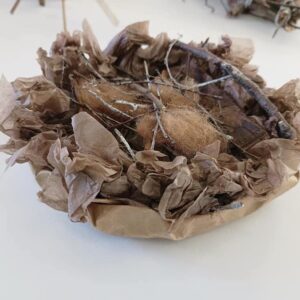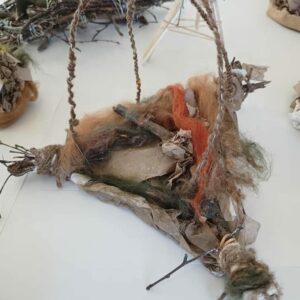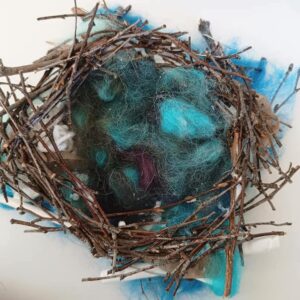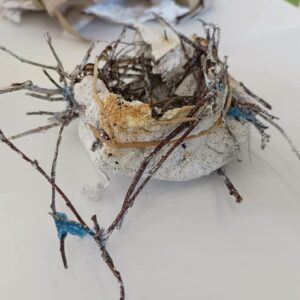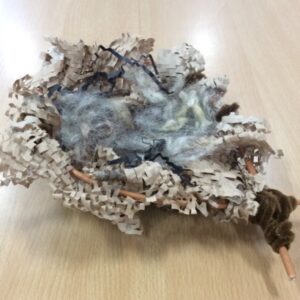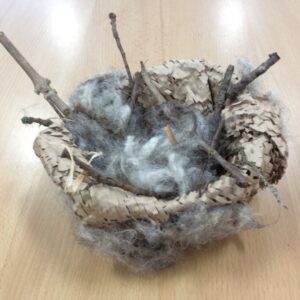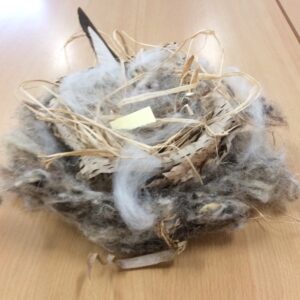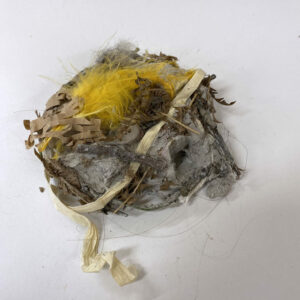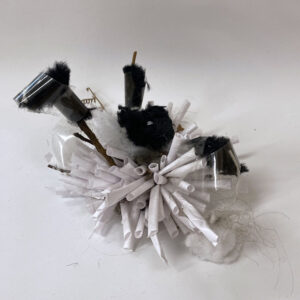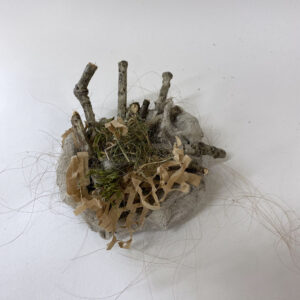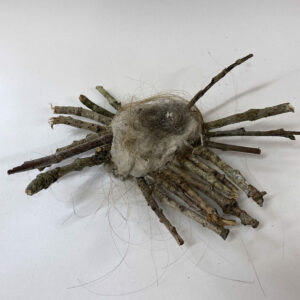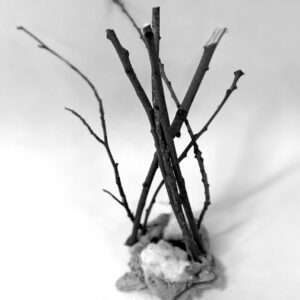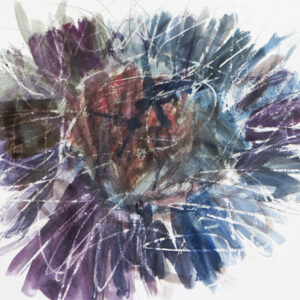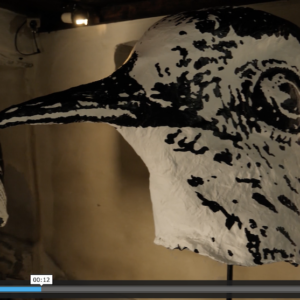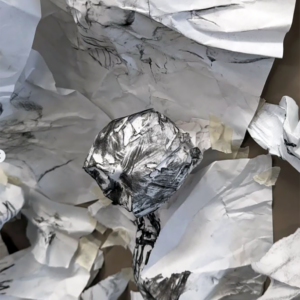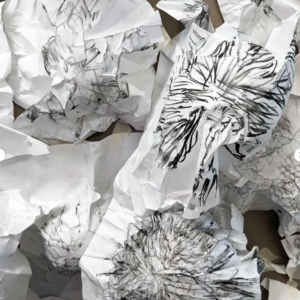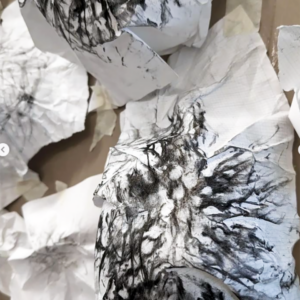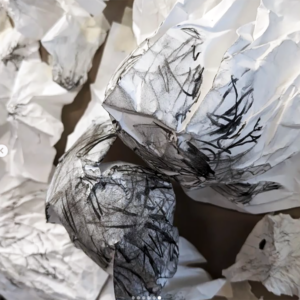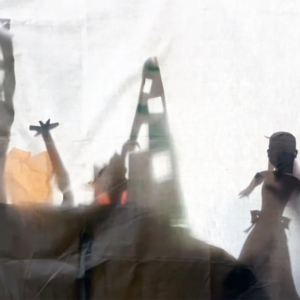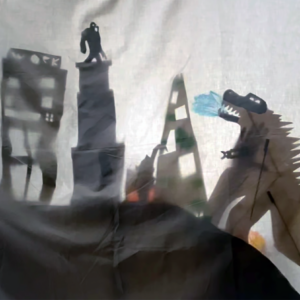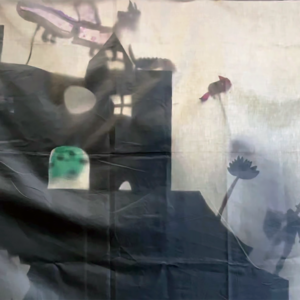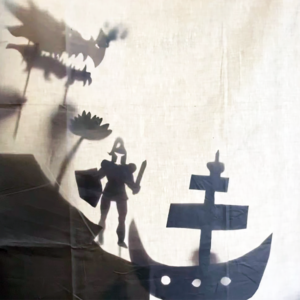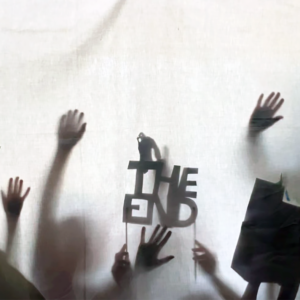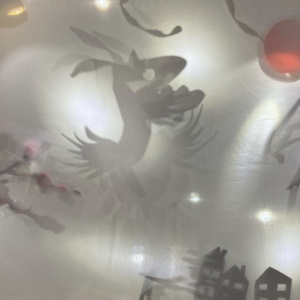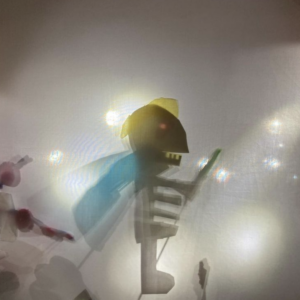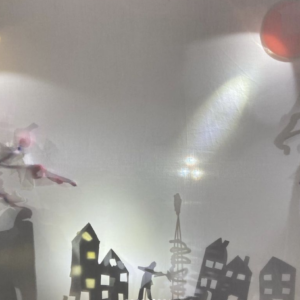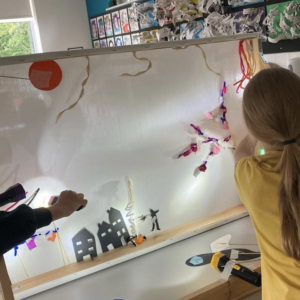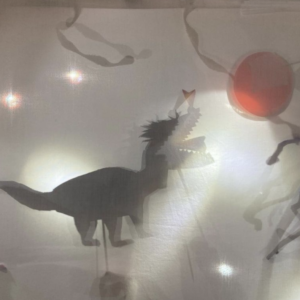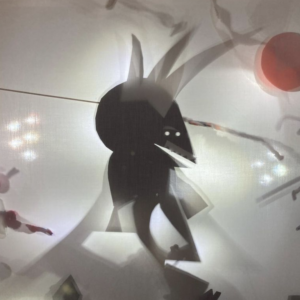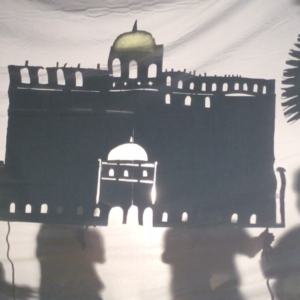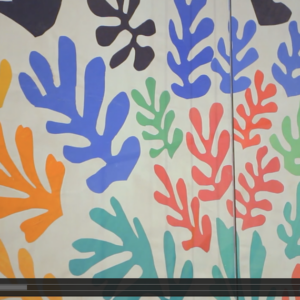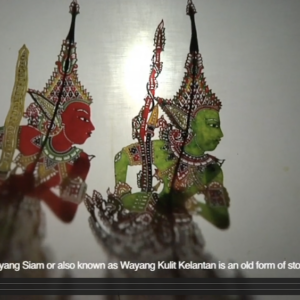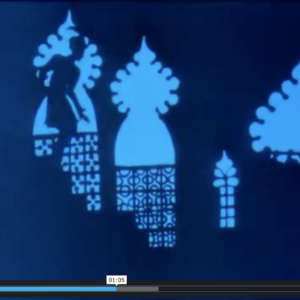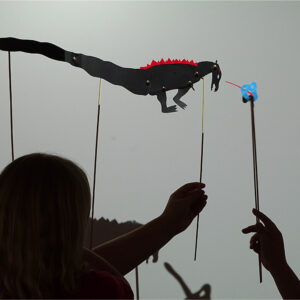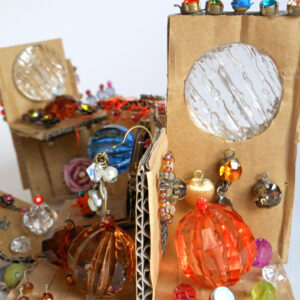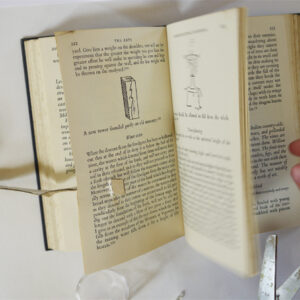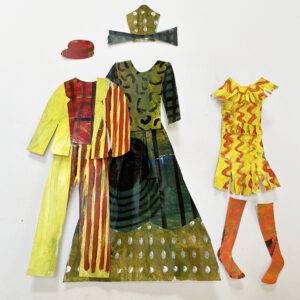This is the fourth of six resources in the series: ‘Drawing for Science, Invention & Discovery Even If You Can’t Draw’ by Paul Carney, educational consultant and author. The projects enable teachers of both art and science to approach drawing from a new perspective. You can see all of the resources here.
Introduction: This session is designed to explain the cognitive approach used by scientists to utilise the properties of one material for another, quite different purpose. It will also assist in developing pupil’s ability to cognitively imagine and invent.
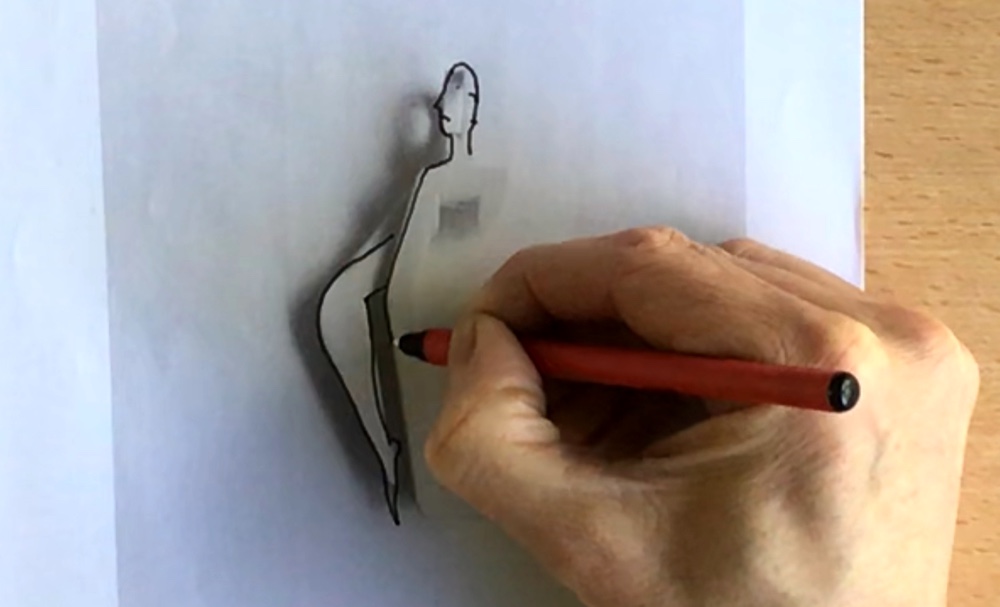
Notes for Teachers
-
Learning Objectives
- To explain the scientific principle of extracting and adapting the properties of materials for other purposes.
- To develop the ability to imagine and invent creatively.
-
Age Range
Suitable for 7-16 years.
-
Time Required
The activity takes approximately one hour.
-
National Curriculum Targets: Art & Design
A high-quality art and design education should engage, inspire and challenge pupils, equipping them with the knowledge and skills to experiment, invent and create their own works of art, craft and design.
-
National Curriculum Targets: Science
The national curriculum for science aims to ensure that all pupils develop scientific conceptual understanding and also develop understanding of the nature, processes and methods of science.
-
Things You’ll Need
Photo resources of objects, or small junk objects to draw. Pencils and/or fineliner pens.
-
Extending The Lesson
You should relate this lesson to further investigations into how scientists use adaptation to innovate. A good example of this is Biobricks, blocks of DNA that are used to design and assemble larger, synthetic biological circuits. See https://biobricks.org/
-
Supporting The Lesson
Show how Japanese scientists solved the problem of sonic boom on their high-speed trains by looking at the beak of a kingfisher. Https://www.bbc.co.uk/news/av/science-environment-47673287/how-a-kingfisher-helped-reshape-japan-s-bullet-train
-
Assessment Guidance
Look for originality in execution of ideas rather than skill in execution. Ideas based on the face, the human form, animals or birds are common.
-
Artist Links
Look at the artwork of David Mach or Christoph Niemann and how they adapt materials or forms to suit imaginative solutions.
-
Cross-Curricular
How might we use knowledge we gain in one subject for another, quite different purpose? E.g. can history help us predict the future? Can we use art skills in science or maths? Might learning a language help us become better at sport?
To access all content, I would like to join as…
AccessArt is a UK Charity and we believe everyone has the right to be creative. AccessArt provides inspiration to help us all reach our creative potential.
